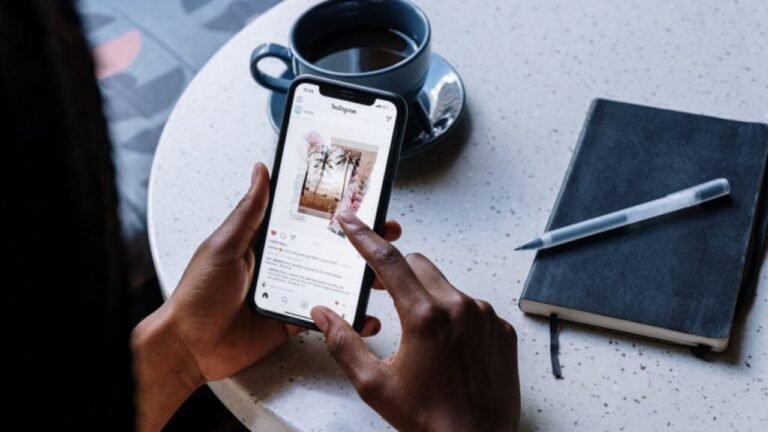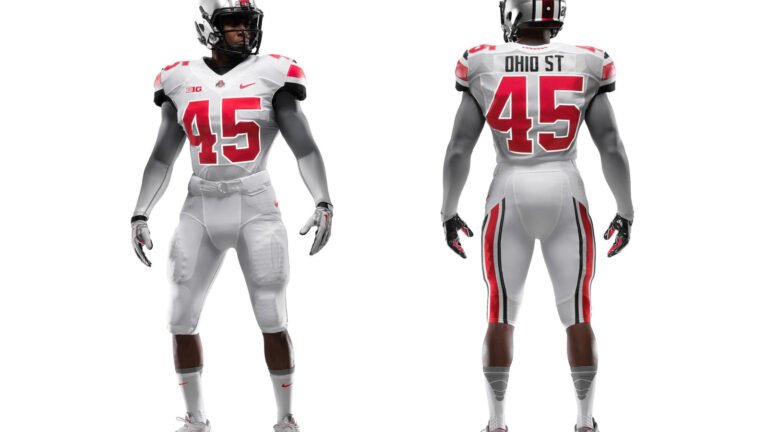PCBA or printed circuit board assembly: Understanding crucial things!
In this blog, we throw the light on the significant things to know about PCBA or printed circuit board assembly. Let’s get started.
Are you ready to dive into the intricate world of printed circuit board assembly or PCBA? Buckle up as we take you on a fascinating journey through the heart of electronic device manufacturing. From understanding different types of PCBs to exploring common assembly methods in assembly technology, this blog post will equip you with valuable insights into the backbone of modern electronics. Let’s unravel the mysteries behind PCB assembly together!
What are the different types of PCBs in the market?
Printed circuit boards or PCBs come in various types to cater to different electronic applications. One common type is the single-sided PCB, which has components and traces on only one side of the board. It is cost-effective but limited in complexity.
Double-sided PCBs have components and copper traces on both sides, allowing for more circuitry in a compact space. They are commonly used in consumer electronics.
Multi-layer PCBs consist of several layers stacked together with insulating material in between. These boards can accommodate complex circuits and are often found in advanced electronic devices like smartphones and computers.
Rigid PCBs maintain their shape during operation, making them suitable for most applications. Flexible PCBs, on the other hand, can bend or twist, ideal for wearable technology or products with unique form factors.
Understanding these different types of PCBs is crucial when designing electronic devices to ensure optimal performance and functionality.
What is the process of PCB assembly?
Printed circuit board assembly involves a meticulous process that brings electronic components together to create functional devices. The first step in PCB assembly is the preparation of the circuit board, where a bare board is inspected for defects and cleaned to ensure proper soldering later on.
Next comes component placement, where each part is carefully positioned on the board according to the schematic diagram. This requires precision and attention to detail as even a small error can lead to malfunctions or failures in the final product.
Once all components are placed, they are soldered onto the board using different techniques such as wave soldering or reflow soldering. These methods ensure secure connections between the components and the board, crucial for reliable performance.
After soldering, thorough testing is conducted to check for any issues like shorts or faulty connections. Any problems found during this stage are addressed promptly before moving on to the final inspection and packaging of the assembled PCBs.
What are the components used in PCBA?
Printed circuit board assembly utilizes a variety of components to function effectively. These components play crucial roles in the overall performance and functionality of electronic devices.
One essential component used in PCBA is resistors, which regulate the flow of electricity within the circuit. Capacitors store and release electrical energy, contributing to stable voltage levels. Diodes allow current to flow in one direction only, ensuring proper circuit operation.
Integrated circuits (ICs) are another key component in PCB assembly, containing multiple functions within a single package. Transistors amplify or switch electronic signals, enabling complex operations within the circuit.
Connectors facilitate the connection between different PCBs or external devices. Inductors store energy temporarily in magnetic fields for smooth signal transmission.
Each component has a specific purpose and together they form a cohesive system that powers our everyday electronics with efficiency and reliability.
What are the common assembly techniques and methods?
PCBA involves various assembly techniques and methods to ensure the successful creation of electronic devices. One common technique is Surface Mount Technology (SMT), where components are mounted directly onto the PCB surface using solder paste. Through-hole Technology (THT) is another method that involves inserting component leads through pre-drilled holes on the PCB and soldering them in place.
Furthermore, there’s also Mixed Technology Assembly which combines both SMT and THT processes for specific applications. Another popular method is Ball Grid Array (BGA) where solder balls are used to connect components to the board, providing high-density packaging solutions.
Additionally, Automated Optical Inspection (AOI) and X-ray inspection are utilized for quality control during PCB assembly to detect defects such as misalignments or shorts. These advanced techniques ensure the reliability and functionality of electronic devices manufactured through PCBA processes.







